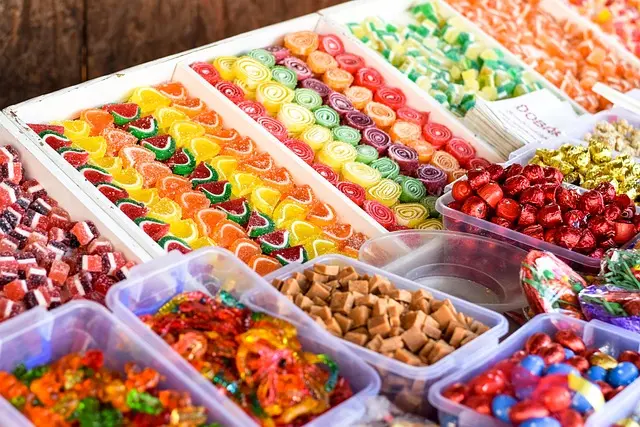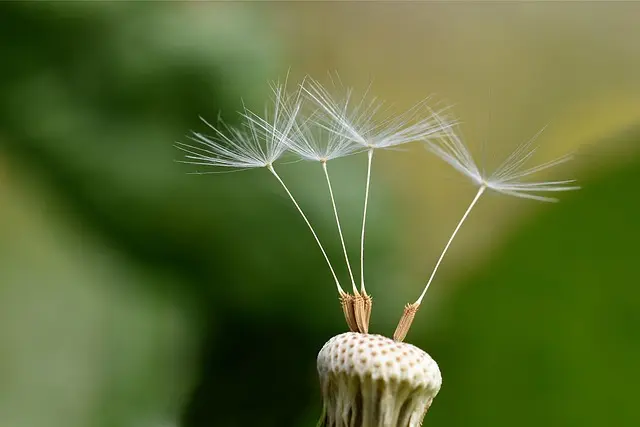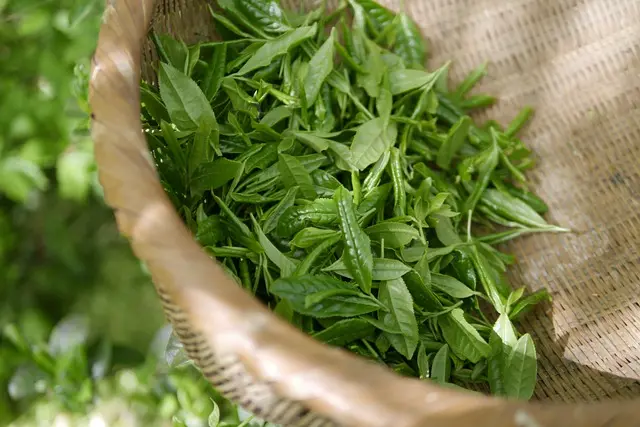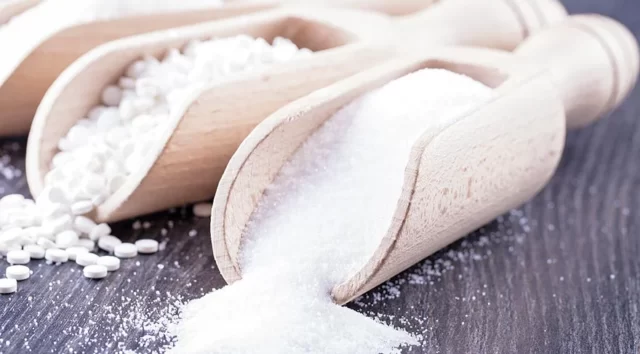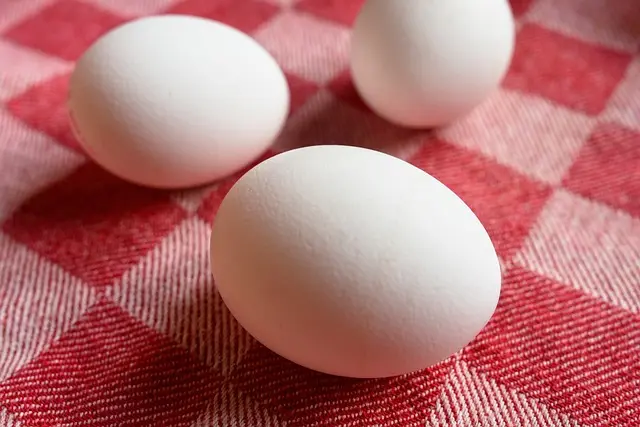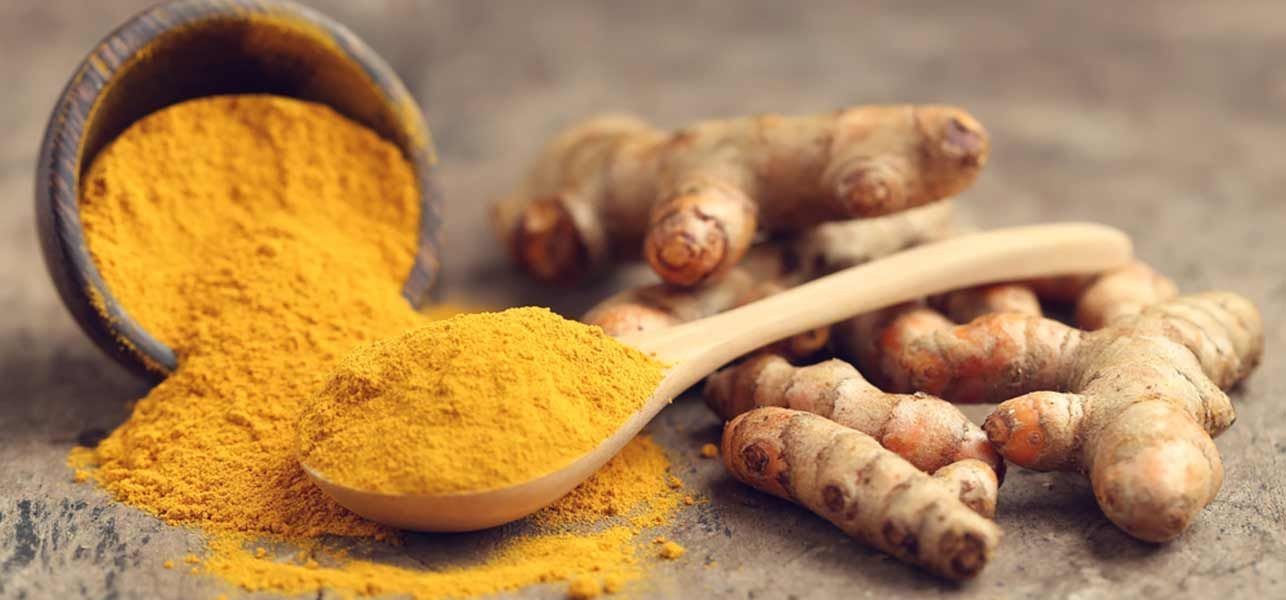
Let’s continue the series we talked about food additives with curcumin. Before moving on to the food additive called E100, I leave the link below for additives such as beta carotene (E160), cyclamate (E952), citric acid (E330) that we mentioned before.
Which foods contain beta carotene (E160)?
What does citric acid (E330) do?
Now let’s get back to our main topic, curcumin. In this article, ‘What is Curcumin? What does it do? Where is curcumin used?’ You can find answers to questions such as.
What is E100 in food?
Curcumin is a food additive used as a colorant in foods. Curcumin, a natural colorant, provides an orange-yellow color to food. It is obtained from some beet and turmeric roots.
Curcumin has a strong odor and pungent taste. It is insoluble in water and acid. However, it dissolves in solvents such as ethanol and acetic acid. Its chemical formula is C21H20O6.
Curcumin is light sensitive. Therefore, it is not used as often as other colorants.
Curcumin usage areas
It can be used in foods such as processed cheeses, fats, fruit and vegetable spreads, processed potato products, meat products. It is the main ingredient of curry spice. The E code for curcumin is E100. You can see it this way in the information on the label.

